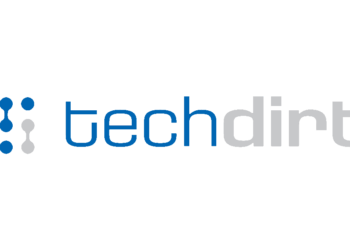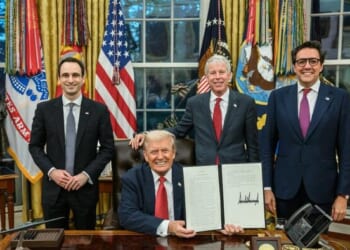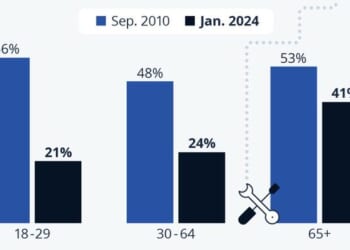The new director of the Patent Office is wasting little time on the job, announcing several new rules and practices that will make it more difficult to challenge the validity of issued patents.
John Squires, officially the Under Secretary of Commerce for Intellectual Property and Director of the United States Patent and Trademark Office, published an open letter earlier this month in which he announced that he would personally review every petition for post-grant review (PGR) or inter partes review (IPR) of patents that have already issued.

Recall that, as explained in this space on several occasions, the 2011 America Invents Act (AIA) created several streamlined processes for challenging patents short of filing full-blown litigation in federal district courts. IPRs, PGRs, and other proceedings were designed to more simply, cheaply, and swiftly present a challenger’s case for invalidating an issued patent.
Critics have argued that the AIA has been too successful, as many worthy patent claims have, along with frivolous ones, been cancelled via IPR and PGR. Led in the Senate by Thom Tillis (R-NC) and Chris Coons (D-DE), among others, they’ve repeatedly—but unsuccessfully—sought to amend the AIA to make it more friendly to patent owners.
But Squires overturned the apple cart, writing in his open letter that “experience has raised structural, perceptual, and procedural concerns inconsistent with the AIA’s design, clear language, and intent affecting, among other things, the public’s rightful expectation of impartiality.” (emphasis in original) The director noted the “very high invalidation rate” of these USPTO proceedings and the “perception of self-incentivization” that he argued has attended them, namely that the Patent Trial and Appeal Board appears to have been indulging challenges in order to “fill[] its own docket.”
Accordingly, Squires announced that “to improve efficiency, consistency, and the adherence to the statutory requirements for institution of trial, effective October 20, 2025, the Director will determine whether to institute trial for [IPR] and [PGR] proceedings.” By using his discretion in personally reviewing every single one of the hundreds of petitions filed every year, the director (who has also nicknamed the USPTO “America’s Innovation Agency”) will undoubtedly slow the pace of these proceedings and, presumably, result in a lower rate of their institution. In addition, the director’s discretionary decisions are not reviewable by a district court.
The reaction in the intellectual property world was as varied as it was swift. Noting that the open letter “follows a rapid ramping-up of discretionary denials over the past nine months under President Trump,” Dennis Crouch of the influential Patently-O blog predicted “a major downturn in IPR petitions in the coming months.” In his post, entitled “Unexplained and Unreviewable,” Crouch contends that overall patent invalidations will decrease, as “history shows that a novice jury is much less likely to find the claims obvious than would a PTAB panel of subject matter experts.”
Meanwhile, on the popular IP Watchdog blog, Steve Brachmann reckoned that “centralizing control of PTAB institution decisions is likely to bring more predictability to a highly panel-dependent decision-making process, which will be seen as a positive for many patent owners.” He also predicted, given the new workload that the director has assigned himself, “there is some belief that Director Squires’ summary institution decisions could become even less detailed than the short decisions the agency has been issuing on discretionary denial determinations.”
Whether or not the new policy will appropriately calibrate the balance between spurring invention and relieving unfairly accused companies of liability remains to be seen. Squires concluded his letter by emphasizing that “the mission of America’s Innovation Agency is to lead the world in intellectual property protection. We can do so and serve the public interest only by maintaining a patent system that is fair, predictable, and respected. Returning institution authority to the Director bolsters our mission because it restores the statutory framework mandated by Congress in the America Invents Act.” Here’s hoping he’s correct.
The post New Patent Office Director Makes Waves with New Rules for Patent Challenges appeared first on American Enterprise Institute – AEI.











